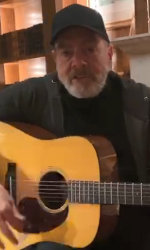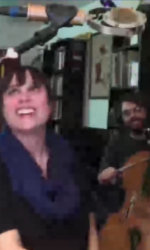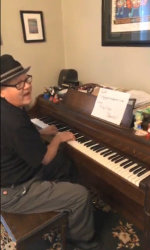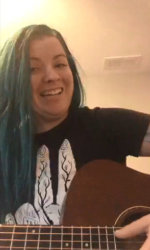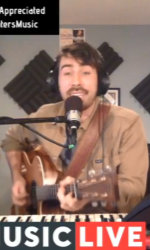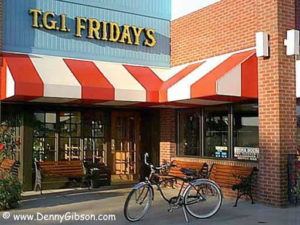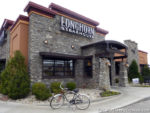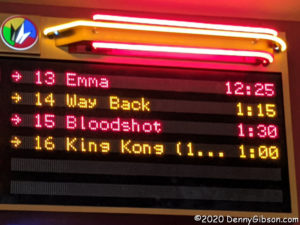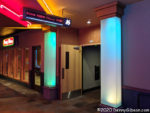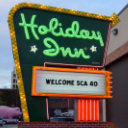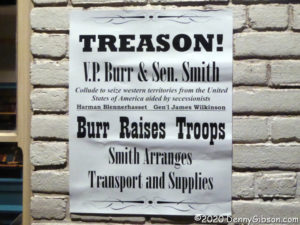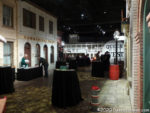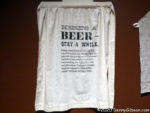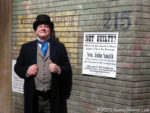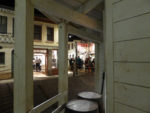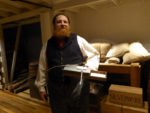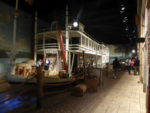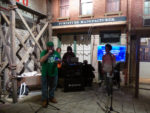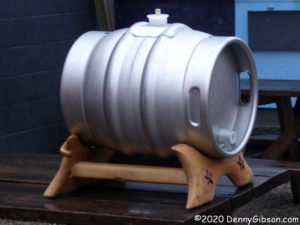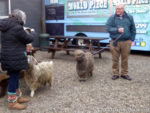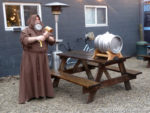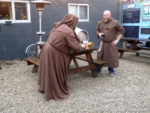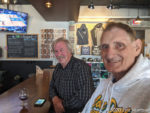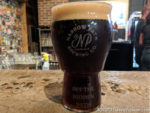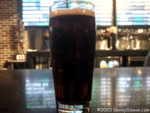 Since 2009, depending on your definition of work, I have either always worked at home or never worked at home. But I’ve left home a whole bunch to eat, quite often to sleep, and a respectable number of times to learn something. Of course, I more often than not learn something every time I leave the house but right now I’m talking about those times I’ve headed out to a museum or lecture. At the moment, just like the bars and other music venues I wrote about on Wednesday, museums and lecture halls are closed.
Since 2009, depending on your definition of work, I have either always worked at home or never worked at home. But I’ve left home a whole bunch to eat, quite often to sleep, and a respectable number of times to learn something. Of course, I more often than not learn something every time I leave the house but right now I’m talking about those times I’ve headed out to a museum or lecture. At the moment, just like the bars and other music venues I wrote about on Wednesday, museums and lecture halls are closed.
The opening image is a screenshot of the Cincinnati Museum Center’s home page and its “Notice of Temporary Closure”. The Museum Center is a place I get to somewhat frequently for OMNIMAX® movies, the permanent exhibits, and world-class traveling exhibits. A traveling exhibit I was really looking forward to, Maya — The Exhibition, was set to open right when the COVID-19 related closures began. I’ve also attended several lectures there. In particular, I liked a series called Brown Bag Lectures. During the two-year-long renovation project, the lectures moved offsite and have yet to return although the building reopened at the end of 2018. Despite good intentions, I haven’t attended a single Brown Bag Lecture since the start of the renovations.
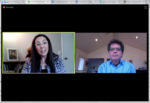 Sometime after the Holocaust and Humanity Center moved into the Museum Center, it began lectures of its own. The Holocaust Speakers Series only recently made it on to my radar and I had not yet attended one. I did, however, once attend a similar talk by the fellow, now deceased, that the HHC’s Coppel Speakers Bureau is named after. Like all other activities, the lectures were canceled when the building closed, but some lectures, like some musical performances, can be adapted to the internet. The HHC has done that with this series with the first “digital lecture” taking place last Wednesday. In the screenshot at left are HHC CEO Sarah Weiss and the presenter of that lecture, Ray Warren. I had expected to simply call up the website and watch a live feed but the lecture was delivered via Zoom which allows questions and other interactions. I’d not used Zoom previously and had to install the application but it was automated and quick.
Sometime after the Holocaust and Humanity Center moved into the Museum Center, it began lectures of its own. The Holocaust Speakers Series only recently made it on to my radar and I had not yet attended one. I did, however, once attend a similar talk by the fellow, now deceased, that the HHC’s Coppel Speakers Bureau is named after. Like all other activities, the lectures were canceled when the building closed, but some lectures, like some musical performances, can be adapted to the internet. The HHC has done that with this series with the first “digital lecture” taking place last Wednesday. In the screenshot at left are HHC CEO Sarah Weiss and the presenter of that lecture, Ray Warren. I had expected to simply call up the website and watch a live feed but the lecture was delivered via Zoom which allows questions and other interactions. I’d not used Zoom previously and had to install the application but it was automated and quick.
Ray told the story of his parents who had survived the Holocaust separately then met and married after the war. His slide presentation was set up for use on a large screen in front of a real audience and there were a few glitches early on but problems were solved or worked around. Ray told us not only about his parents’ remarkable experiences but about his own experiences in discovering some aspects of their story. His slides included pictures of friends and family before and after the war. There was a picture of the earrings, now displayed at the HHC, that his mother managed to hide even during her time at the Bergen-Belsen concentration camp. They were the only connection she had with her pre-war life.
 I only took one screenshot during the lecture and it was very near the end. Ray talked about how people made decisions before and during the Holocaust. He spoke not only of how but when. Don’t be late, he said. He mentioned some more recent events that deserved decisions. He mentioned the white supremacist gatherings in Charlottesville and elsewhere and he mentioned the much closer and more recent incident in the photo. Just over two weeks before the lecture and barely ten miles from my home, someone painted “The Jews killed Christ. They are the enemies of the whole human race.” Don’t be late.
I only took one screenshot during the lecture and it was very near the end. Ray talked about how people made decisions before and during the Holocaust. He spoke not only of how but when. Don’t be late, he said. He mentioned some more recent events that deserved decisions. He mentioned the white supremacist gatherings in Charlottesville and elsewhere and he mentioned the much closer and more recent incident in the photo. Just over two weeks before the lecture and barely ten miles from my home, someone painted “The Jews killed Christ. They are the enemies of the whole human race.” Don’t be late.
My post on the opening of the Holocaust and Humanity Center is here. The one on hearing Werner Coppel is here. For the present, there will be digital lectures each Wednesday at 11:00. Register here.


